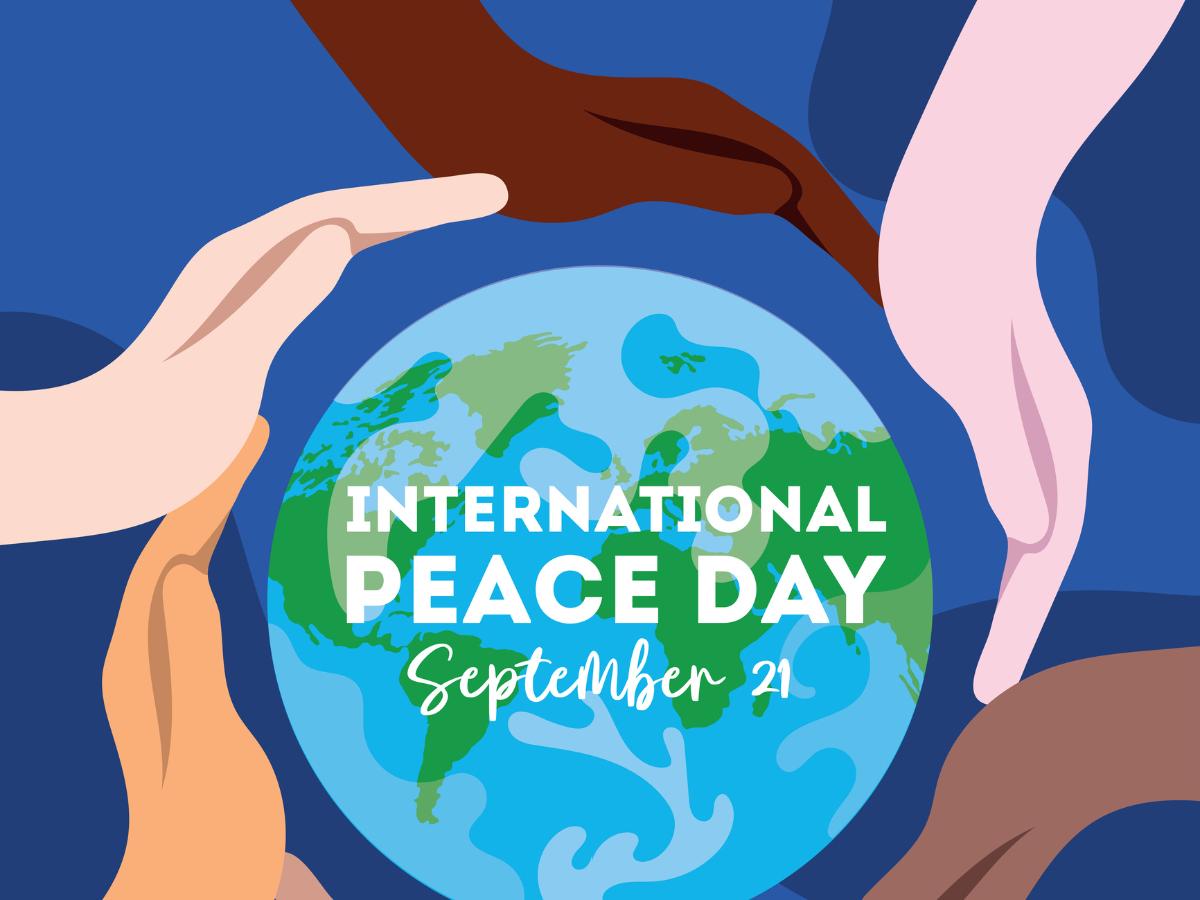The United States made an important declaration on February 10, citing that South Africa, going forward will be classified as a developed country.
They made this announcement at a time when they were conducting changes to how they were going to conduct aspects of its trade remedy investigations.
Africans were excited about this while many others sharply and adversely criticized the action. What was notable at the time, though, was the fact that the United States had acknowledged South Africa, an African country as a developed nation rather than a developing one, something which allowed them to be at par in terms of economy with other high-performing nations.
However, South Africa didn’t stop there. It went even further to develop its healthcare system, making it one of the leading players on the continent. This was about the many significant actions the country has taken to enhance its healthcare system. Included in that are the efforts to improve hospital treatment, provide access to pharmaceuticals for people with chronic illnesses, and introduce national health insurance.
 In addition, the nation has taken into account the percentage of its GDP that it has spent on health over the previous 20 years.
In addition, the nation has taken into account the percentage of its GDP that it has spent on health over the previous 20 years.
Accordingly, it is important to point out that South Africa currently spends 8.58.9% of its GDP on health, with medicines accounting for roughly 10-15% of this. A slight difference from what the nation spent in 1995 when it had 7.42% of its GDP on health care.
But of course, we cannot run away from the reality on the ground that there is a glaring imbalance in the availability of pharmaceuticals across the country, with private healthcare facilities currently making up a disproportionate fraction of the available infrastructure.
Widening wealth gaps among citizens and rising out-of-pocket healthcare costs ($67 per capita in 1995 compared to $80 per capita in 2013 when adjusted for purchasing power parity) are among the obstacles that have been cited to have impacted the delivery of equitable and accessible healthcare for all.
Although, it is also important to point out that besides that, South Africa has also made efforts to achieve universal health coverage (UHC) and a unified health system. This is because the right to health is a constitutional right in not only the co but the entire world.
This has improved the population’s overall access to medications on an equitable basis.
Today South Africa is considered the flagship national health system in sub-Saharan Africa, with its National Department of Health (NDOH) moving towards UHC with the introduction of the National Health Insurance (NHI) initiative. This is likely to continue, certainly in the short to medium term.
What people need to understand about this Universal Health Care as per the guidelines given by World Health Organization is that all individuals and communities get to receive the health services they need without suffering financial hardship. It includes the full spectrum of essential, quality health services, from health promotion to prevention, treatment, rehabilitation, and palliative care across the life course.
The delivery of these services consequently requires adequate and competent health and care workers with an optimal skills mix at the facility, outreach, and community level, who are equitably distributed, adequately supported, and enjoy decent work.
Moreover, the advantages of UHC strategies enable everyone to access the services that address the most significant causes of disease and death and ensure that the quality of those services is good enough to improve the health of the people who receive them.
Hence, moving towards UHC requires strengthening health systems in all countries. As a result, robust financing structures are key especially when people have to pay most of the cost of health services out of their own pockets.
In contrast, the poor frequently lack access to numerous services, and even the wealthy may face financial difficulties in the event of serious or protracted sickness. To address it the financial risks associated with the disease can be distributed throughout a community by pooling finances from mandatory funding sources (such as government tax income).
The current population of South Africa is estimated at 55.91 million, 51% female, predominantly young with 30.1% younger than 15 years and a median age of 25.9 years.
This is according to 2016 South African statistics. However, after death rates peaked between 2003 and 2005, this is changing with an upward trend in life expectancy, mainly attributable to the marked reduction in mortality from HIV/AIDS with improved treatments and high adherence rates generally in sub-Saharan Africa.
Sub-Saharan Africa still has the highest burden of infectious diseases in the world, with one of four communicable diseases, HIV/AIDS, malaria, lower respiratory infections, or diarrhoeal diseases, currently leading causes of years of life lost due to premature mortality.
Within sub-Saharan Africa, South Africa still has one of the highest disease burdens, with a high prevalence of HIV/AIDS, as well as tuberculosis (TB), resulting in South Africa being 122nd out of 188 countries in terms of the Sustainable Development Goals (SDGs) in 2016.
It is estimated in South Africa that 7.03 million patients currently have HIV/AIDS, with a prevalence rate of 12.7% in 2016, although this can be as high as 8.4 million. However, improved access to, and uptake of, antiretroviral (ARV) treatment, has enabled HIV-positive patients in South Africa to live longer and healthier lives, resulting in a gradual decline in AIDS-related deaths in recent years.
There is also a high prevalence of sexually transmitted infections (STIs) among women in South Africa, estimated at 13%, with an incidence rate of 20 per 100 women years. Furthermore, there are increasing concerns with the global growth of antimicrobial resistance (AMR) similar to South Africa, including multidrug-resistant bacteria, fungi, HIV, and TB.
South Africa has responded through the development of a national AMR strategy, which is being put into action through the national implementation plan. This is starting to be addressed through the training of all provincial health care workers on antimicrobial stewardship practices, run by two national training centres with regional AMR committees now being established.
There is growing evidence that access to high-quality healthcare substantially improves health outcomes for patients including those with infectious diseases, maternal health, cancers, and NCDs. Access and quality are important priorities for UHC, moving towards achieving identified SDGs. Consequently, quantifying the extent to which personal healthcare and access can improve population health, and ultimately health-system performance, is an important priority.
In the case of South Africa, although there has been a marked improvement in the HAQ Index since 1990, research shows that greater gains in personal HAQ should still be possible given South Africa’s place within the development spectrum.
Ensuring adequate supplies of medicines, at affordable prices, is a key element of managing diseases, including NCDs, effectively. To ensure this, comprehensive procurement systems and robust supply chain management systems are key to managing those medicines deemed essential as per the STGs. Functioning logistic networks will improve access to medicines, and innovative programs to assess medication usage will lead to a better understanding of how rationally medication is being used in a country, as well as ensuring sustainability.
South Africa is continually developing and evaluating programs to monitor the care of patients and assess the use of medicines in the country, from improving antimicrobial use to improving the functionality of Pharmaceutical and Therapeutics Committees (PTCs) at all healthcare levels, and ongoing pharmacovigilance programs.


